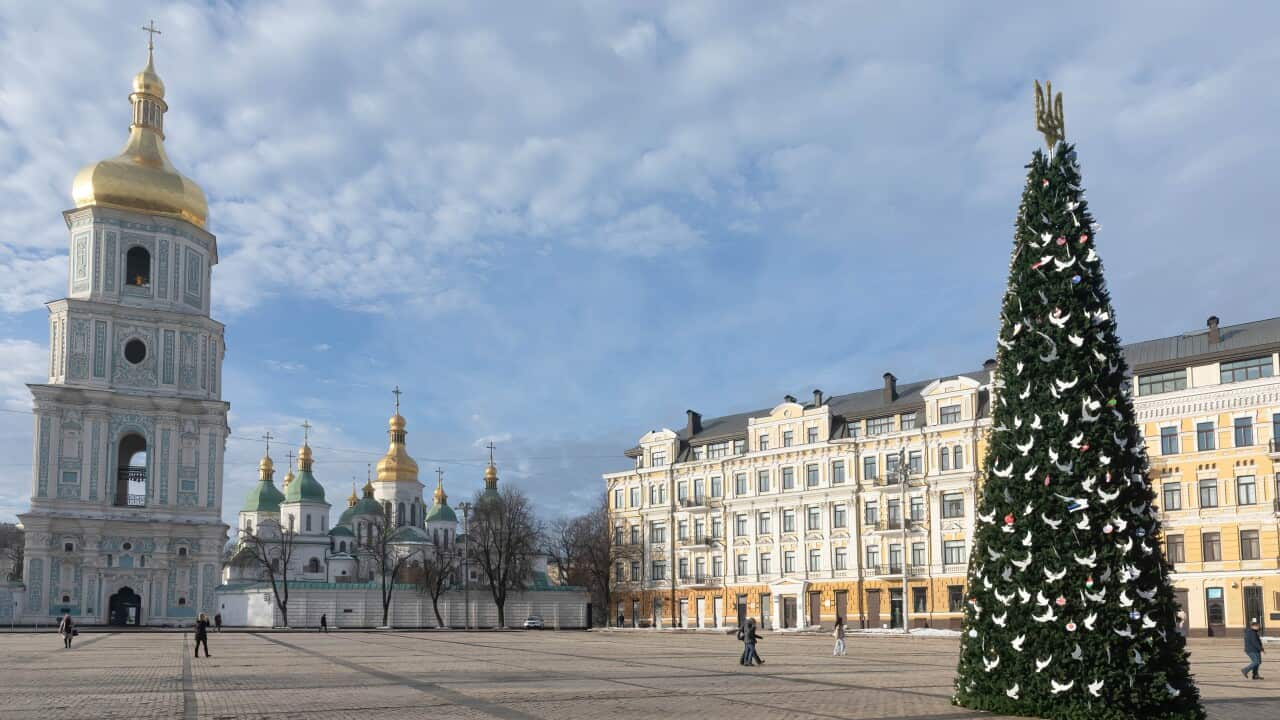During World War I, many Indigenous Australians and other volunteers of non-European descent ignored the ban that was placed on their enlistment and defiantly signed up for service anyway.
Indigenous Anzacs
The introduction of Commonwealth Defence Act in 1909, excluded those of non-European descent from serving in the army. Yet, it’s thought that in the Australian Imperial Force during WWI, out of an estimated Indigenous population of 80,000.

Studio portrait of 2949 Private Miller Mack, 50th Battalion. The image has come to be symbollic of Indigenous Australians contribution to the ANZAC war effort
For many Indigenous Australians it was a chance to first earn a wage, says Gundungurra man and National President of the Aboriginal and Torres Strait Islander Veterans and Services Association Gary Oakley. However, the hopes of Indigenous Australian soldiers to raise their social status didn’t happen until 1949 when restrictions on enlistment based on race were removed.
Chinese-Australian Anzacs
Australians of Asian descent also ignored the Act, the aim of which was to ensure that Australia retained its white colonial British character and enlisted. One of the legendary soldiers was William Sing whose father migrated here from Shanghai.
“Billy Sing, the most famous Gallipoli sniper, got pretty lousy land on which he could not really make a living. He died pauper.” – Professor Edmund Chiu, Melbourne Chinese Museum

Russian Anzacs
The Russian Anzacs were the largest nationality enlisted in the Australian Imperial Force after British, New Zealand and Canadian-born servicemen. They came from various ethnic backgrounds within the borders of the Russian Empire.

For example many young Jewish immigrants escaped from Russia because they didn't want to serve in the Russian army, saysDr Elena Govor from the Australian National University.
How you can spend Anzac Day
Anzac Day traditions
Anzac Day goes beyond the anniversary of the landing on Gallipoli in 1915. It is the day on which we remember all Australians who served and died in war and on operational service.

Dawn service
On Anzac Day commemorative services are held at dawn – the time of the original landing in Gallipoli – across the nation.

Marches
Later in the day, ex-servicemen and women take part in marches through the major cities and in many smaller centres.

Two-up

For more information on Australia's Anzac Day traditions visit the Australian War Memorial's website.
details other ceremonies in Australia and around the world.





